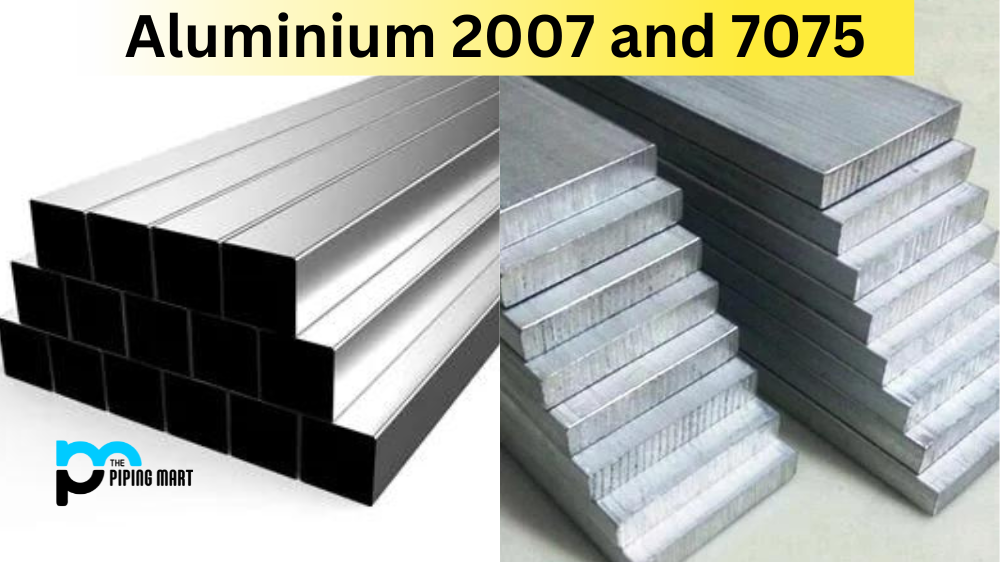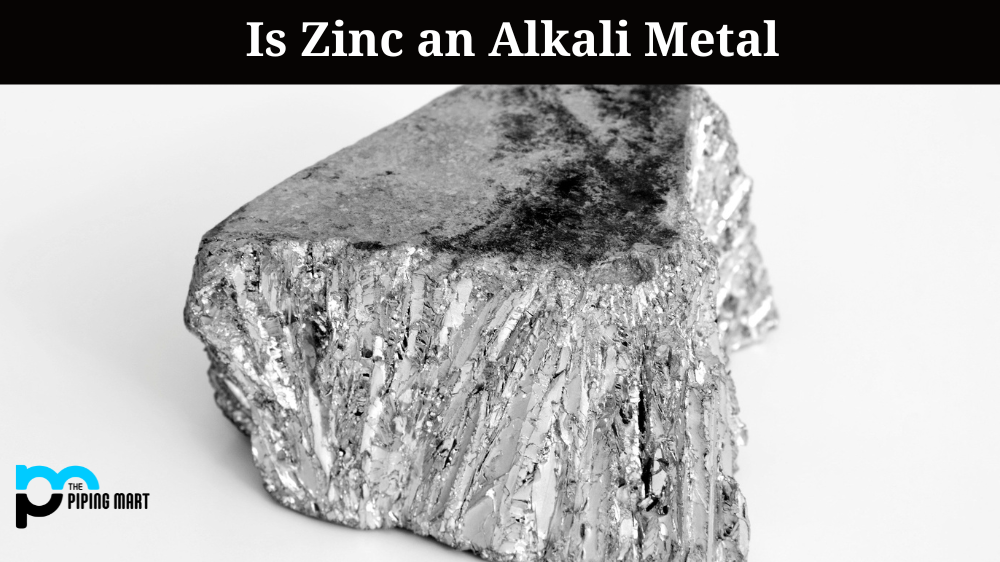Copper is essential to many products, from electronics to plumbing fixtures. While the need for copper has existed since ancient times, modern society’s demand for this metal has grown exponentially. As a result, the process of mining for copper has increased significantly. But what does this mean for the environment? Let’s explore the environmental impact of mining for copper.
Impacts of Copper Mining on Air Quality
Copper mining can have a variety of negative impacts on air quality. The most significant source of air pollution is sulfur dioxide (SO2) emissions, which arise from burning sulfide ores during smelting operations. SO2 is a major contributor to acid rain, which can devastate ecosystems and human health. In addition, copper mines can produce large amounts of particulate matter—such as dust and soot—which are hazardous to human health, local vegetation, and wildlife.
Impacts of Copper Mining on Water Quality
Mining operations can seriously affect water quality due to runoff and leaching into nearby streams or aquifers. This runoff contains a variety of pollutants – including heavy metals like copper – that can be toxic to aquatic life and contaminate drinking water sources if left unchecked. Acid mine drainage (AMD) is another potential consequence that arises when exposed sulfide ore is exposed to oxygen and moisture; this reaction produces highly acidic solutions that often contain high concentrations of heavy metals like copper, lead, zinc, and arsenic which can be toxic when released into nearby waterways or drinking water sources.
Impacts of Copper Mining on Land Use
Mining activities require large amounts of land to extract resources from the ground; however, these lands are often degraded to meet such demands. This degradation creates long-term environmental issues such as soil erosion and degradation due to deforestation or removal of topsoil layers; these issues can have wide-reaching impacts, including reduced biodiversity levels in affected areas as well as decreased agricultural productivity due to soil nutrient depletion or contamination by heavy metals like copper. In addition, mining activities can generate large amounts of waste rock that must be disposed of properly to prevent contamination or further degradation of local ecosystems; improper disposal practices can also cause long-term environmental harm if not properly managed.
Conclusion:
Mining for copper comes with some high environmental costs – particularly regarding air quality, water quality, and land use – but we can minimize these impacts through responsible management practices that prioritize sustainability over short-term gains. Investing in research & development initiatives aimed at reducing emissions from smelting operations and implementing best practices for waste management & reclamation efforts could reduce the ecological footprint associated with obtaining this essential resource while still meeting our growing demands for it going forward. A more sustainable approach to mining could help us safeguard both our resources today and those same resources tomorrow!

Pipingmart is a B2B portal that specializes in metal, industrial and piping items. Additionally, we share the latest information and information about materials, products and various types of grades to assist businesses that are involved in this business.




